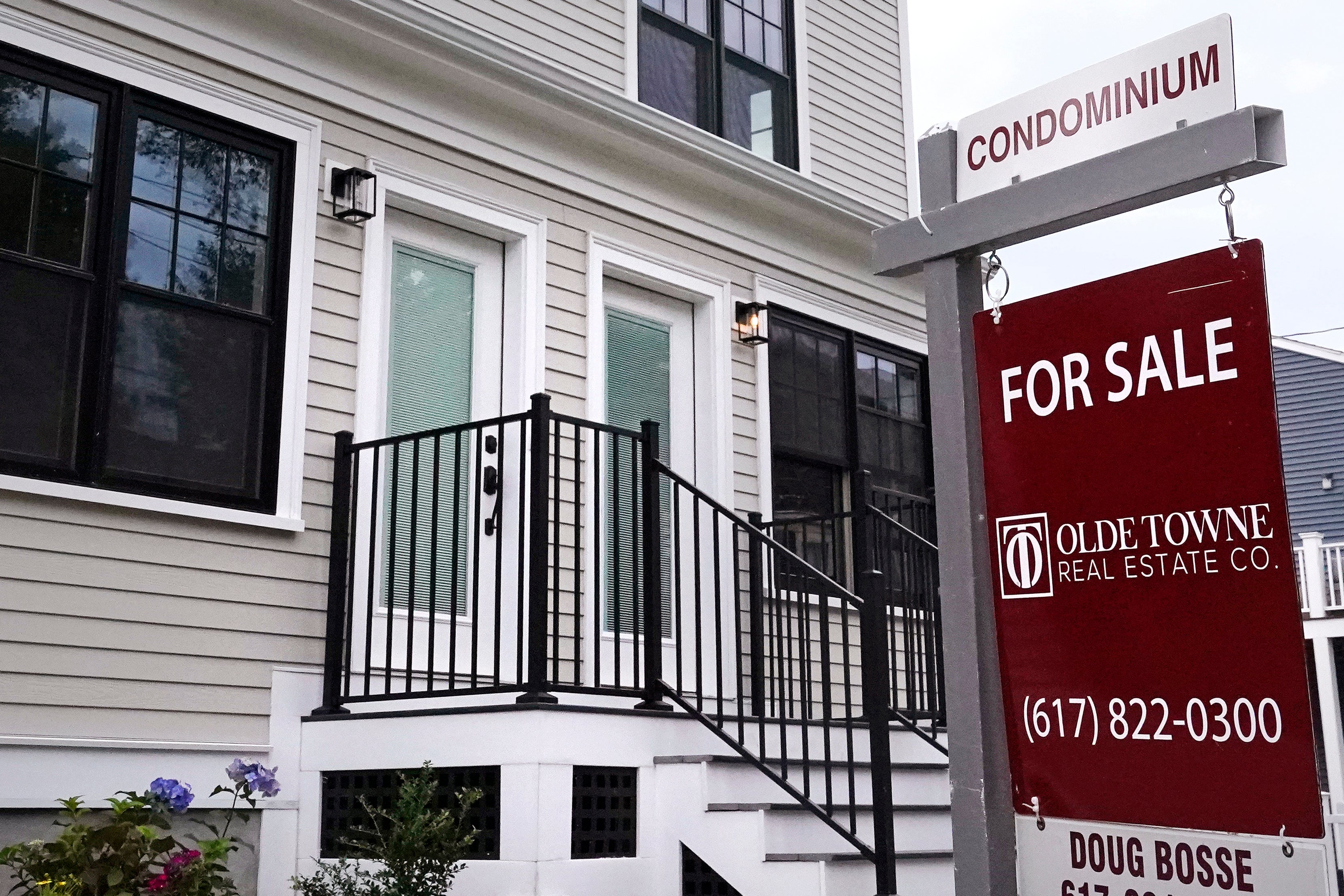February home sales fall amid higher mortgage rates, prices
Sales of previously occupied U.S. homes fell in February as competition for a near-record low number of properties on the market drove prices higher and rising mortgage rates kept would-be buyers on the sidelines

Your support helps us to tell the story
From reproductive rights to climate change to Big Tech, The Independent is on the ground when the story is developing. Whether it's investigating the financials of Elon Musk's pro-Trump PAC or producing our latest documentary, 'The A Word', which shines a light on the American women fighting for reproductive rights, we know how important it is to parse out the facts from the messaging.
At such a critical moment in US history, we need reporters on the ground. Your donation allows us to keep sending journalists to speak to both sides of the story.
The Independent is trusted by Americans across the entire political spectrum. And unlike many other quality news outlets, we choose not to lock Americans out of our reporting and analysis with paywalls. We believe quality journalism should be available to everyone, paid for by those who can afford it.
Your support makes all the difference.Sales of previously occupied U.S. homes fell in February as competition for a near-record low number of properties on the market drove prices higher and rising mortgage rates kept would-be buyers on the sidelines.
Existing home sales fell 7.2% last month from January to a seasonally adjusted annual rate of 6.02 million, the National Association of Realtors said Friday. That’s less than the roughly 6.1 million sales that economists had been expecting, according to FactSet.
Sales declined 2.4% from February 2021 as the median home price jumped 15% from last year at this time to $357,300.
Home prices are surging as potential buyers compete for relatively fewer homes available, even with a modest seasonal increase in properties on the market ahead of the spring homebuying season.
“As a buyer, it’s still a struggle to get into the market with the lack of inventory,” said Lawrence Yun, NAR’s chief economist.
The number of homes for sale at the end of February totaled just 870,000. That’s just 2.4% above the record low set in January on data going back to 1999. The inventory of unsold homes was down 15.5% from February 2021.
At the current sales pace, the low level of for-sale properties amounts to a 1.7 months’ supply, the NAR said.
On average, homes sold in 18 days of hitting the market last month. It was 19 days in January. In a market that’s more evenly balanced between buyers and sellers, homes typically remain on the market 45 days.
A quarter of all homes sold last month were purchased with cash, down from 27% in January, NAR said. A year ago they made up 22% of sales.
Real estate investors accounted for 19% of transactions in February, up from 17% a year ago. First-time buyers, meanwhile, made up only 29% of all homes sold last month.
“First-time buyers are struggling to try to get into the market,” Yun said.
Housing market demand looks to remain healthy this year, bolstered by ongoing demographic change as younger millennials and Gen-Zers come of age and look to become homeowners. But with housing in short supply since well before the pandemic and now higher interest rates, the limits of what house hunters can afford will be constrained, especially first-time buyers.
The average rate for the benchmark 30-year mortgage rose to 4.16% this week, moving above 4% for the first time since May 2019, according to mortgage buyer Freddie Mac. A year ago, the average rate stood at 3.09%.
That increase in the cost of financing a home is on top of the higher costs consumers are facing with inflation running at the highest level in decades.
Yun estimates that the rise in rates and escalating prices have pushed up the monthly payment on a home 28% from what it was a year ago.
Historically low mortgage rates last year helped give would-be homeowners buying power as prices soared. Home loan rates are expected to rise this year as the Federal Reserve moves to fight inflation. This week, the central bank increased its key short-term interest rate — which it had kept near zero since the early days of the pandemic recession — by a quarter point. The Fed also signaled potentially up to seven additional rate hikes this year.